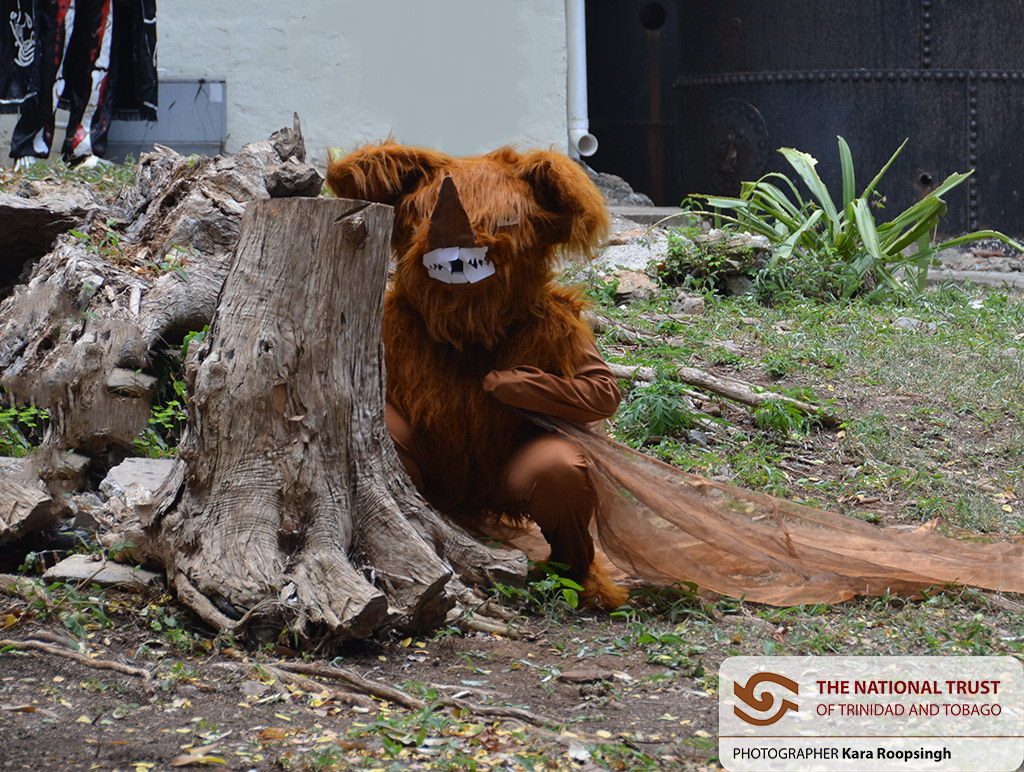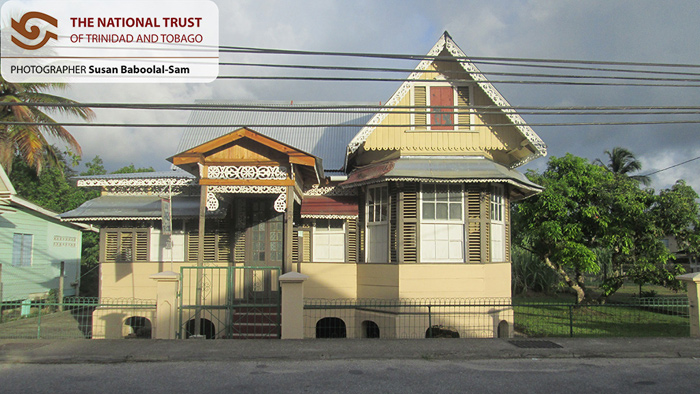The National Trust of Trinidad and Tobago was established by Act No. 11 of 1991 (the National Trust of Trinidad and Tobago Act, 1991). To complete the Act prior to its proclamation, amendments were effected by way of Act No. 31 of 1999 – the National Trust of Trinidad and Tobago (Amendment) Act, 1999.
The National Trust launched its public awareness and membership drive in 2002.
The Trust is established for the purpose of:-
(a) listing and acquiring such property of interest as the Trust considers appropriate;
(b) permanently preserving lands that are property of interest and as far as practicable, retaining their natural features and conserving the animal and plant life;
(c) preserving, maintaining, repairing and servicing or, arranging for the preservation of property of interest other than land and where such property of interest comprises buildings, augmenting the amenities of such buildings and their surroundings;
(d) making provision for the access to and enjoyment of property of interest by the public;
(e) encouraging research into property of interest including, where applicable, any animal, plant or marine life associated therewith;
(f) compiling photographic or architectural records of property of interest;
(g) making the public aware of the value and beauty of the heritage of Trinidad and Tobago; and
(h) advising the Government on the conservation and preservation of property of interest and on any or all of the matters referred to above.
 Heritage Tours – Regular educational tours which visit historical sites of interest in communities around Trinidad and Tobago;
Heritage Tours – Regular educational tours which visit historical sites of interest in communities around Trinidad and Tobago;
Heritage Lectures – Informative lectures are held by experts in various fields to promote the heritage conservation and preservation mandate of the Trust;
Landmarks Exhibition – A photographic collection of seventy notable sites around Trinidad and Tobago;
Film Screening – Features films promoting aspects of our heritage;
Festival Tours – These tours are focussed specifically around the celebration of a national festival.
Listing of Heritage Properties
In fulfillment of its mandate to formally list properties and sites which are important to our national heritage, the Trust listed 29 sites. Once listed, in accordance with Section 8 of the National Trust Act (No. 11 of 1991 and Amendment No. 31 of 1999) the property is deemed a heritage property and is entitled to legal protection.
Sites Previously Listed
- Mille Fleurs
- Hayes Court
- Ambard/Roomor
- Archbishop’s Palace
- Whitehall
- Stollmeyer’s Castle
- Banwari Trace Archaeological Site
- Fort King George
- Fort Picton (St. David’s Tower)
- Royal Victoria Institute
- Wesleyan Church (Tranquility Methodist Church)
- Old Mayaro Post Office
- Queens Royal College

Objectives
The National Trust is dedicated to the preservation of built and natural heritage.
Objectives of the Trust:-
- To protect and promote the care and preservation of significant examples of Trinidad and Tobago’s built and natural heritage.
- To promote access for all Trinidadians and Tobagonians to their heritage.
- To foster a greater awareness and understanding of Trinidad and Tobago’s heritage and of its significance and richness.
- To encourage the continued development of, and participation in the Trust.

Indirect Cost Policy
When providing funding to support the documentation and preservation of Trinidad and Tobago’s tangible heritage, The National Trust of Trinidad and Tobago will allow indirect cost rates of no higher than 10%.

